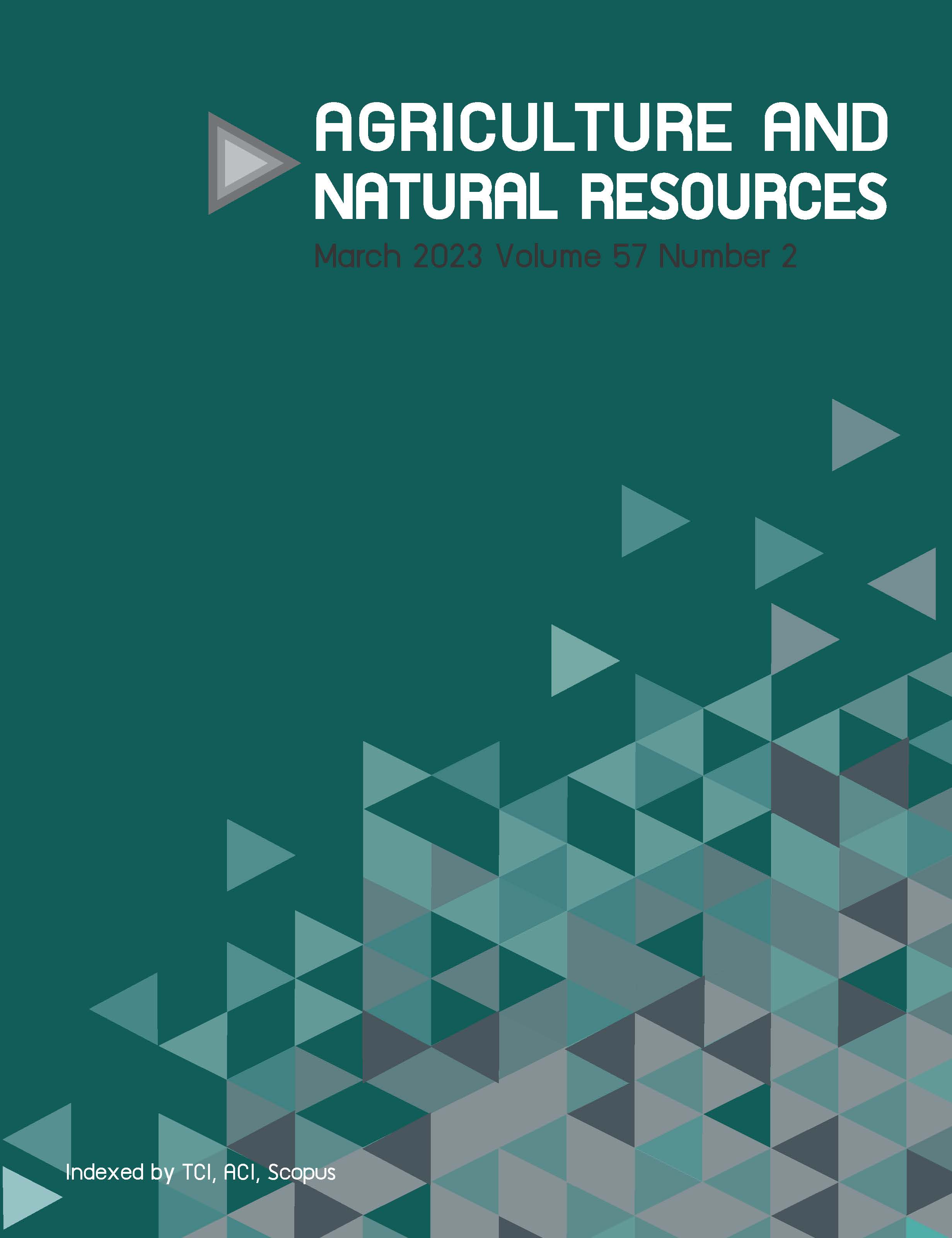Optimized expression of capsid protein from red-grouper necrosis virus displayed on Pichia pastoris in shake flasks
Keywords:
Environmental factors, Fusion protein, Induced gene expression, Yeast display antigenAbstract
Importance of the work: High antigen levels on the yeast cell surface are critical in designing oral vaccines against viruses.
Objectives: To investigate the environmental factors affecting the production of RNA2/AGα-1, a displayed fusion protein.
Materials & Methods: The recombinant Pichia pastoris was cultivated in shake-flask culture under varying conditions and induced with methanol for 168 hr. Total cell proteins were used as a measure of cell population growth. The expression of the RNA2 fusion protein was also characterized by western blot, immunofluorescence and enzyme-linked immunosorbent assay (ELISA).
Results: The recombinant P. pastoris (Muts) strain produced optimal growth and product yields using 72 hr post-induction and 0.5% methanol. Prior to induction, the yeast relied on glycerol as the sole carbon source to increase biomass under favorable conditions: 23 °C in an Erlenmeyer flask (5 L) containing 1 L buffered minimal glycerol complex medium (pH 6.0) with vigorous shaking (300 revolutions per minute). Using these optimal conditions, western blot analysis revealed that the RNA2 fusion protein had a molecular weight of approximately 73 kDa. These proteins were localized on the yeast cell surface, as proven based on immunofluorescence labeling at a minimum of 1,000 ng and measured using ELISA.
Main finding: The method developed successfully increased the expression of capsid proteins from the virus on the yeast cell surface in a shake flask culture. Large-scale production is required before investigating the potential use of the fusion protein as an oral vaccine in fish.
Downloads
Published
How to Cite
Issue
Section
License
Copyright (c) 2023 Kasetsart Universityonline 2452-316X print 2468-1458/Copyright © 2022. This is an open access article under the CC BY-NC-ND license (http://creativecommons.org/licenses/by-nc-nd/4.0/),
production and hosting by Kasetsart University of Research and Development Institute on behalf of Kasetsart University.







